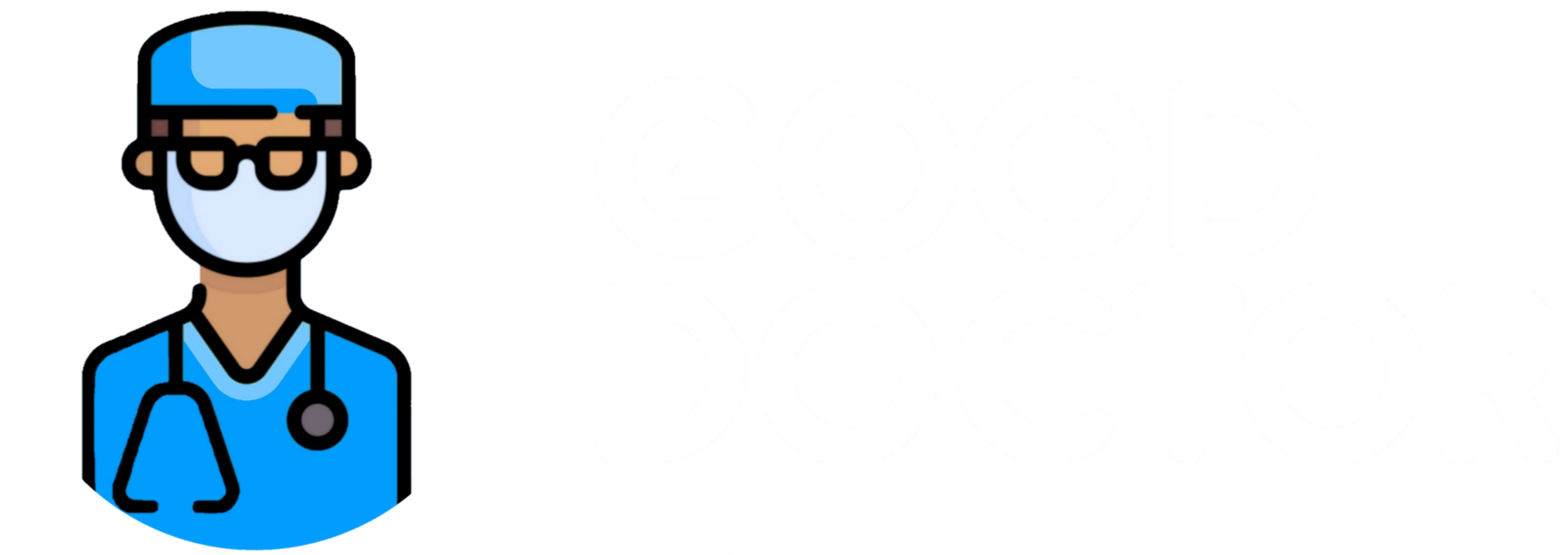Tools used in wound suturing
Wound suturing is a basic medical procedure that aims to effectively close wounds and surgical incisions to ensure proper healing and reduce the risk of infection. This process requires the use of a variety of medical instruments, each of which plays a vital role in achieving satisfactory results. In this article, we will review the most important instruments used in wound suturing and their role in the process.
1. Surgical needle
A surgical needle is an essential tool for suturing wounds. It is used to insert thread into tissues. Needles come in different sizes and shapes, and the appropriate type is chosen according to the type of wound and the depth of the tissue involved.
2. Surgical sutures
Surgical sutures come in different forms, including absorbable and non-absorbable sutures.
- Absorbable sutures : They dissolve spontaneously in the body, making them ideal for use in tissues that do not require subsequent suture removal.
- Non-absorbable sutures : These are used in wounds that require long-term support and are removed later.
3. Needle Holder
A needle holder is used to hold the needle during suturing, helping the surgeon insert the needle accurately and steadily. There are different types available, and the right one depends on the size and location of the wound.
4. Surgical Scissors
Surgical scissors are used to cut sutures or to open tissue. There are different types of scissors, such as tissue cutting scissors and suture cutting scissors, each with its own specific uses.
5. Surgical Forceps
Forceps are used to hold or hold tissues in place while suturing. This tool helps reduce unwanted movement of tissues and allows the surgeon to suture with precision.
6. Suture Pad
The suture board is used as a training tool for students and new practitioners. This tool provides a safe environment to learn and apply different suture techniques to an artificial "skin".
7. Suture Remover
A suture remover is used to remove surgical sutures after healing is complete. This device helps in removing sutures without causing any pain or damage to the tissues.
8. Disinfectants and tape
Antiseptics are used to clean the wound before suturing, which reduces the risk of infection. Adhesive tape is also sometimes used as an alternative to suturing, especially for small wounds.
Conclusion
Wound suturing requires the use of a variety of medical tools that contribute to effective and safe results. By using the right tools, healthcare practitioners can ensure that wounds close properly, which enhances the chances of proper healing and reduces potential risks. Understanding these tools and their role in the surgical process is an essential part of healthcare education and training.


